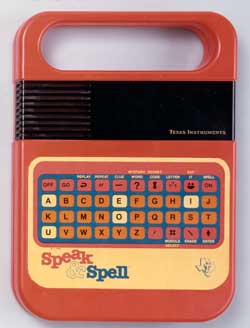Digital Signal Processing
Electrical signals are everywhere, since they are used in communications, in entertainment devices, in measuring instruments, in imaging devices, in control systems, and in computers. Such signals are of two types: analog, where the signals are carried by continuously varying quantities, and digital, where the signals are restricted to a finite set of discrete values (often just two, symbolized by 0 and 1). The traditional telephone uses analog signals, since the continuously varying pressure associated with sound waves is converted into continuously varying voltages of an electrical signal. Computers, by contrast, usually deal with so-called binary signals, sequences of zeros and ones.
A historical trend of the last half-century is the replacement of analog signals by digital signals. For example, music was always recorded and transmitted in analog form until the 1980s when the CD player made digital recording of music common. When a CD is made in the studio, the music is first converted into an electrical analog signal by a microphone, but then the electrical signal is converted into a sequence of zeros and ones by sampling (measuring the intensity of the sound at specific points in time, many thousands of times a second) and quantizing (assigning each intensity to one of a finite number of intensity levels). It is this sequence of zeros and ones that is etched into the spiral track of the CD.
There are two very important advantages to digital signals. First, digital signals can be reproduced exactly. All you have to do is be sure that a zero doesn't get turned into a one or vice versa. (You can do this by making the physical signals for zero and one quite different, and also by building in redundancy, so that even if a zero occasionally gets turned into a one the error is automatically corrected.) Second, digital signals can be manipulated easily. Since the signal is just a sequence of zeros and ones, and since a computer can do anything specifiable to such a sequence, you can do a great many things with digital signals. And what you are doing is called digital signal processing.
So what is it you might do with the signals? One thing you can do is filter out unwanted parts of the signal, such as noise. Another thing you can do is combine several signals into one; this is called multiplexing. Yet another thing you can do is build in error detection and error correction; you make the signal longer in such a way that any distortion of the signal during transmission or recording can be detected and corrected. You can also compress the signal, so that it can be transmitted more rapidly. Another thing you can do is enhance certain parts of a signal to make it easier to use. For example, the drought-affected regions of a continent can be given a different color in a satellite image.
All these things—and many more—are digital signal processing. It was in the 1960s that a discipline of digital signal processing began to form. At that time digital signals were becoming more common, and advances in microelectronics (the ability to build extremely complex circuits in a very small space) made it possible to carry out some of the tasks mentioned above. Today digital signal processing is a major branch of engineering.
